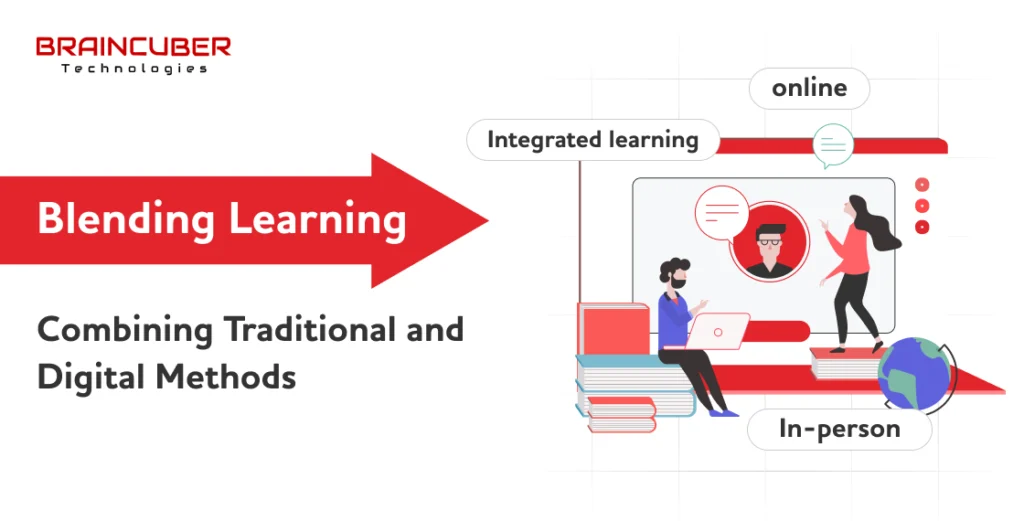
The evolving education scenario. Blended learning leaves behind its self-reliant days and merges face-to-face instruction with digital tools. Blended learning uses each of these forms while trying to solve those problems.
Traditional classrooms, where teachers and pupils can have direct interaction, provide learning engagement, but the schedules, and also the one-speed-fits-all method of pacing in courses, cause some learners to get fewer opportunities to keep pace. Digital education brings in flexibility for learners; they can access materials wherever and whenever, replay the lessons and eventually learn at their own pace. In many cases, however, they do require their courses with proper guidance, which they can also miss on self-discipline or lack personal connections.
Bridging the gap with blended learning. The standard or typical model would be in-class lectures, on the other side of which would be online exercises, video tutorials, or discussion forums. Classroom time is meant for discussions, practicals, or clarification of doubts, whereas digital platforms manage content and practice. Hence, this framework allows personalized learning without sacrificing mentorship.
According to research, retention improves with blended learning. Students engage more when they have control over the timing of online modules and apply learned material in a collaborative context. The information derived from the digital platforms is also beneficial to the instructors because they can identify those who are struggling and modify their teaching techniques.
However, challenges still arise. Not all institutions have infrastructure that would permit seamless integration. Teachers require training to strike an appropriate balance between the two modes, while students will have to build digital literacy. Nonetheless, blending learning parameters thoughtfully can allow greater flexibility and inclusivity among the learners in the education system.
Education’s future may not lie in a choice between traditional formats and digital ones but rather in a well-planned blend of them. The key word will be engagement, flexibility, and outcome-therefore taking the best from two worlds.
